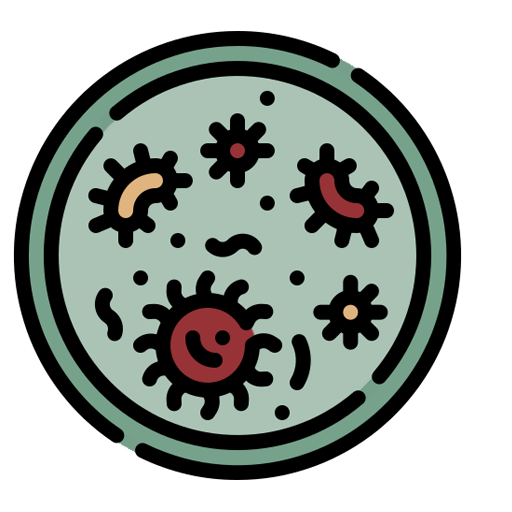The Divine Blight
The Scourge of the Ajda-Donesh Basin
The Divine Blight was a magical disease that first spread throughout the Ajda-Donesh Basin- including the Nang Kap'ahu Delta- between 6140 and 6150. It was Divine in origin, and was originally created by the Elven Divinity Tarsellis in retribution for the way in which sophonts were encroaching upon his favored territory in the Basin and abusing it. Unfortunately the Blight got out of hand and three of Tarsellis' Wives (Ilienna, Darahael. and Niadhovar) had to step in; the fourth Wife (Faenya) chose to stay neutral. Each of the three Wives chose a champion for themselves; Ilienna chose the Ma'aelran Paladin Balshaena Taevon; Darahael, the Thai'larian Cleric Paetenas Gandir; and Niadhovar, the [Orc] Druid Shel Mor. The Champions were tasked to work together in order to end the blight through whatever means possible. History is unclear how they achieved such a task, however. But what is clear is that the Blight eventually reappeared after a period of two years. From here, cultural lore among both Timber Elves and Orcs in the region begin to focus on the Champion Shel Mor; according to stories, his Wife was killed in the resurgence of the blight, and, filled with grief at her death, he became a Bane Duragh. Taking on the name Burmog after his fall, he began experimenting with twisting the nature of the Blight and spreading it further. Balshaena and Paetenas were called to service as Champions once more in order to defeat the Bane Duragh, and put a stop to The Blight once and for all. They eventually tracked him into the Kogria Mountains, where they faced off in their final battle. Unable to defeat him, however, they merely sealed him away in a Tomb somewhere in the Mountains. But with his entombment, The Blight ended as suspected and began to fade into memory.
The Blight affects each creature it infects differently. Generally, however, it causes three signs of infection rather consistently- including tissue necrosis, a foul stench, and significantly increased aggression; infected creatures will often go on rampages, and are capable of wiping out entire villages with ease.
It also effects waterways such as streams and ponds, as well as wells and cisterns, and other various bodies or collections of water. In the case of contamination, the water turns into a foul black sludge with a foul odor. And once contaminated, the Blight cannot be removed.
Drinking from a contaminated water source can infect one with The Blight- as can being attacked by such a creature if such an attack causes a significant wound.






















Comments